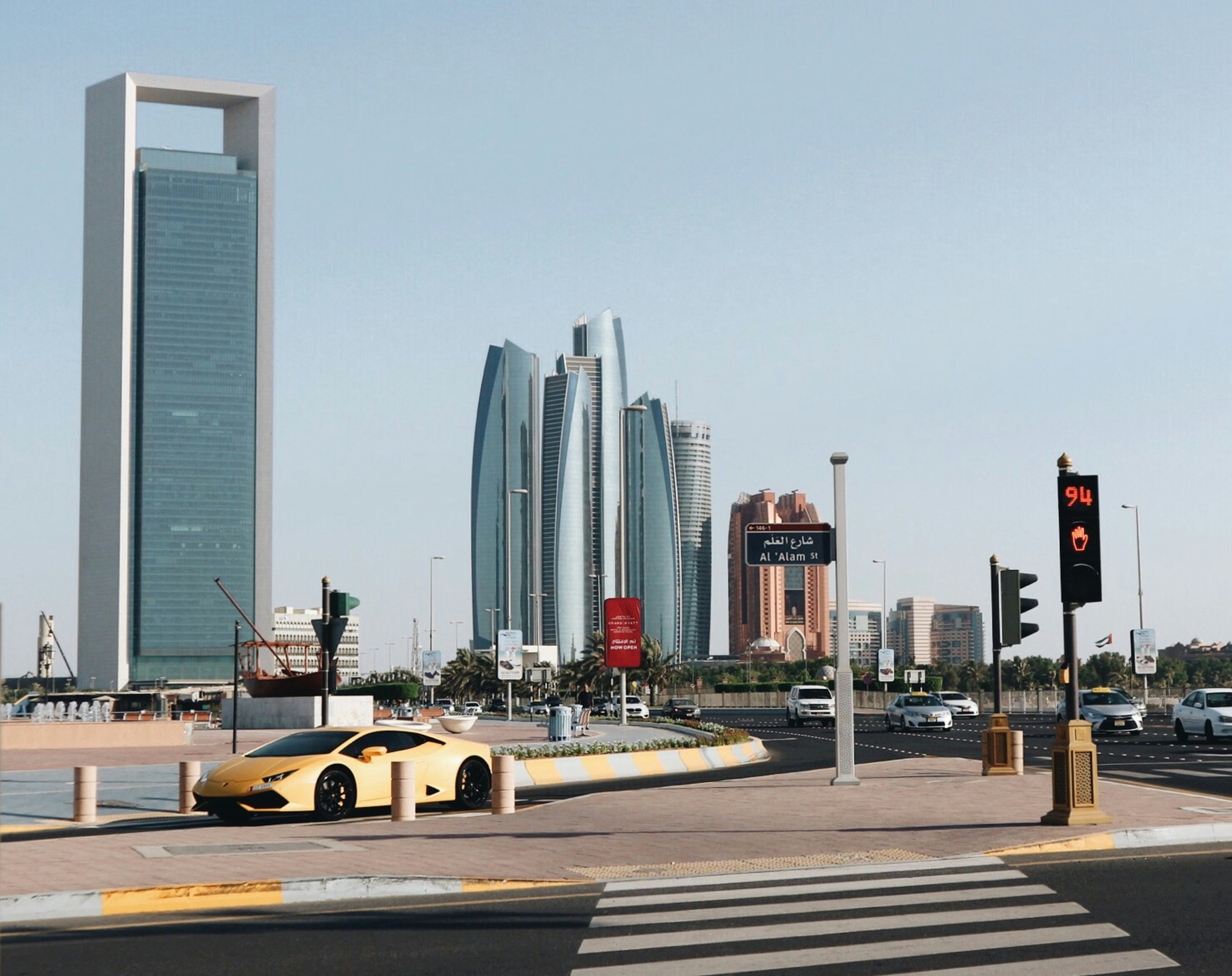
Basel IV is set to influence risk-weighted assets (RWA) for Gulf Cooperation Council (GCC) banks in several ways, particularly for retail mortgages and loans to lower-rated and unrated corporates. By 2030, these exposures will carry standardized risk weights ranging from 70% to 150%, depending on loan-to-value (LTV) ratios and the presence of external ratings for corporates. Saudi Arabia and Qatar are leading the implementation, while the UAE is also making progress, though in stages. Major changes across the GCC are expected by 2028. Most banks in Saudi Arabia and the UAE already use the standardized approach, which results in higher RWA density than in developed markets. Therefore, Basel IV’s overall impact is expected to be moderate to neutral for these banks. Additionally, many banks in these countries have been optimizing their portfolios, which has led to reduced RWA density in recent years.
Overview of Basel IV
Basel IV, also called Basel III endgame or 3.1, aims to standardize bank risk models and reduce reliance on the Internal Ratings Based (IRB) approach. This change is expected to increase RWA for certain asset classes, especially retail mortgages and unrated corporate loans, which will face higher risk weights. Under Basel IV rules, RWAs are determined as the greater of the internal model’s result or 72.5% of the standardized approach (the “output floor”).
Within the GCC, retail mortgages and loans to unrated corporates are expected to drive RWA growth. By 2030, these exposures will be assigned risk weights of 70–150%, especially for higher LTV mortgages and large, unrated corporates. In Saudi Arabia, LTV ratios are generally higher than in other regions. Moreover, rating penetration is also relatively low.
Reviewing exposures of Saudi and UAE banks shows that Saudi banks have a significant share in retail mortgages, thanks to national housing initiatives. Their lending to SMEs and unrated corporates is also relatively high.
Saudi and UAE Banks have higher RWA Density
Saudi banks, with significant exposure to retail mortgages and SME lending, are well capitalized and maintain rigorous underwriting standards. They also rely less on the IRB approach compared to European banks. UAE banks, on the other hand, tend to have lower corporate exposure but a higher portion of non-performing loans.
Most banks in Saudi Arabia and the UAE employ the standardized approach to calculate RWA, which results in less risk volatility, but generally higher RWA density (70-90%) compared to IRB models. Even though many Saudi and UAE banks use internal ratings for corporates, RWA density remains higher than developed market banks, such as:
- United States: 40–70%
- Canada: 20–40%
- France: 20–30%
- Germany: 20–50%
- United Kingdom: 20–30%
- Japan: 20–35%
As a result, RWA inflation for Saudi banks under Basel IV is expected to be moderate through 2030, while for UAE banks, the impact will be neutral to positive. Many banks have also successfully reduced their RWA density over the past eight years through portfolio optimization.
Basel IV and RWA Impact Assessment
| Asset Class | UAE RWA Inflation Assessment | KSA RWA Inflation Assessment |
| Residential Real Estate | Neutral to positive impact due to already conservative lending practices | Negative impact due to higher LTV |
| Commercial Real Estate | Positive impact due to LTV tiering | Positive impact due to LTV tiering |
| Corporate Loans | RWA neutral (already at 100% for unrated) | RWA neutral (already at 100% for unrated) |
| Retail Non-Real Estate | RWA neutral due to stable risk weights | RWA neutral due to stable risk weights |
| Government Loans | RWA neutral | RWA neutral |
| Overall impact on RWA | RWA neutral to beneficial | Moderate (single-digit) RWA inflation |
Selected Saudi Banks’ Asset Exposure
| Saudi Banks | Corporate Exposure | MSME Exposure | Mortgages | Buffer Over Min. CET1 | ∆ RWA Density (1Q25-FY17) | |
| The Saudi National Bank | SNB | 42% | 10% | 50% | 7% | -11% |
| Saudi Awwal Bank | SAB | 75% | – | 13% | 8% | -17% |
| Alrajhi Bank | RJHI | 27% | 6% | 38% | 8% | -10% |
| Riyad Bank | Riyad | 55% | 16% | 20% | 6% | -9% |
| Alinma | Alinma | 76% | 17% | 12% | 7% | -3% |
| Bank Al Bilad | Al Bilad | – | – | – | 8% | -13% |
| Saudi Investment Bank | SAIB | 75% | – | 25% | 7% | -19% |
| Banque Saudi Fransi | BSF | 74% | – | – | 9% | -11% |
| Bank Aljazira | BJAZ | 64% | 6% | 23% | 5% | -2% |
| Arab National Bank | ANB | 75% | – | 14% | 10% | -1% |
Saudi Banks – Stage 3 / Gross Loans
| Banks | FY-2017 | FY-2018 | FY-2019 | FY-2020 | FY-2021 | FY-2022 | FY-2023 | FY-2024 | 1Q-2025 |
| SNB | – | – | 1.8% | 1.7% | 2.2% | 2.2% | 1.8% | 1.6% | 1.3% |
| SAB | – | 3.3% | 5.9% | 6.2% | 5.0% | 4.6% | 3.6% | 2.9% | 2.8% |
| Alrajhi | 1.0% | 1.0% | 0.9% | 1.1% | 0.9% | 0.9% | 1.2% | 1.1% | 1.1% |
| RIBL | 0.0% | 1.0% | 1.9% | 2.2% | 1.9% | 2.0% | 1.6% | 1.2% | 1.4% |
| Alinma | 1.0% | 1.5% | 1.9% | 2.5% | 1.8% | 1.9% | 1.6% | 1.1% | 1.3% |
| Albilad | 1.2% | 1.4% | 1.2% | 1.2% | 1.1% | 1.3% | 1.4% | 1.2% | 1.2% |
| SAIB | 1.3% | 4.4% | 5.6% | 4.3% | 4.5% | 3.6% | 2.7% | 1.9% | 1.9% |
| BSF | 2.7% | 2.9% | 2.6% | 2.9% | 2.6% | 2.6% | 1.1% | 1.0% | 0.9% |
| BJAZ | 1.2% | 2.9% | 6.1% | 5.6% | 5.8% | 4.8% | 4.7% | 3.5% | 3.1% |
| ANB | 1.2% | 1.3% | 2.1% | 3.5% | 1.7% | 1.8% | 1.5% | 1.2% | 1.4% |
UAE Banks – Stage 3 / Gross Loans
| Banks | FY-2017 | FY-2018 | FY-2019 | FY-2020 | FY-2021 | FY-2022 | FY-2023 | FY-2024 | 1Q-2025 |
| FAB | 2.0% | 2.4% | 2.8% | 3.8% | 3.9% | 4.4% | 4.5% | 4.1% | 4.0% |
| EMIRATESNBD | – | – | 4.9% | 5.8% | 6.1% | 6.0% | 4.6% | 3.3% | 3.1% |
| ADCB | 2.2% | 2.9% | 3.3% | 6.3% | 5.8% | 4.7% | 3.1% | 2.4% | 2.5% |
| MASB | 2.9% | 3.1% | 4.4% | 6.0% | 6.2% | 3.0% | 1.7% | 1.7% | 1.7% |
| EIB | 9.7% | 8.2% | 7.6% | 9.0% | 8.2% | 7.0% | 6.3% | 4.4% | 4.0% |
| SIB | 5.4% | 5.5% | 5.1% | 4.9% | 4.8% | 6.0% | 5.5% | 4.8% | 4.5% |
| DIB | 3.3% | 3.3% | 4.0% | 5.9% | 7.0% | 6.7% | 5.2% | 4.2% | 3.8% |
| CBD | 9.7% | 7.1% | 7.0% | 7.5% | 7.6% | 7.6% | 7.6% | 5.4% | 5.3% |
| RAKBANK | – | 4.5% | 3.8% | 5.3% | 4.1% | 3.2% | 2.8% | 2.2% | 2.4% |
| ADIB | 5.1% | 4.8% | 6.5% | 8.8% | 8.9% | 7.7% | 6.1% | 4.0% | 3.7% |
Selected UAE Banks’ Asset Exposure
| Bank | Corporate | Mortgages | MSME Exposure | Buffer Over Min. CET1 | ∆ RWA Density (1Q-25-FY17) | |
| First Abu Dhabi Bank PJSC | FAB | – | – | n/a | 7% | -20% |
| Emirates NBD Bank PJSC | ENBD | 45% | 29% | n/a | 4% | 14% |
| Abu Dhabi Commercial Bank | ADCB | 70% | 5% | n/a | 2% | -10% |
| Mashreqbank PSC Group | MASQ | – | 10% | n/a | 6% | -16% |
| Abu Dhabi Islamic Bank | ADIB | 18% | 21% | n/a | 3% | -11% |
| RAKBANK | Rakbank | 54% | 23% | n/a | 7% | 3% |
| Emirates Islamic Bank | EIB | 40% | 20% | n/a | 8% | -3% |
| Dubai Islamic Bank | DIB | 70% | 13% | n/a | 3% | -6% |
| Commercial Bank of Dubai | CBD | 56% | 18% | n/a | 3% | -4% |
Conclusion
In summary, banks in Saudi Arabia are likely to experience moderate RWA inflation, while UAE banks will see a neutral or slightly positive impact. As banks in both countries maintain strong capital positions, there should be little need for significant additional equity compared to banks from other region. Internal capital generation is expected to be sufficient to maintain capital buffers above the minimum CET1 levels while sustaining profitability.

